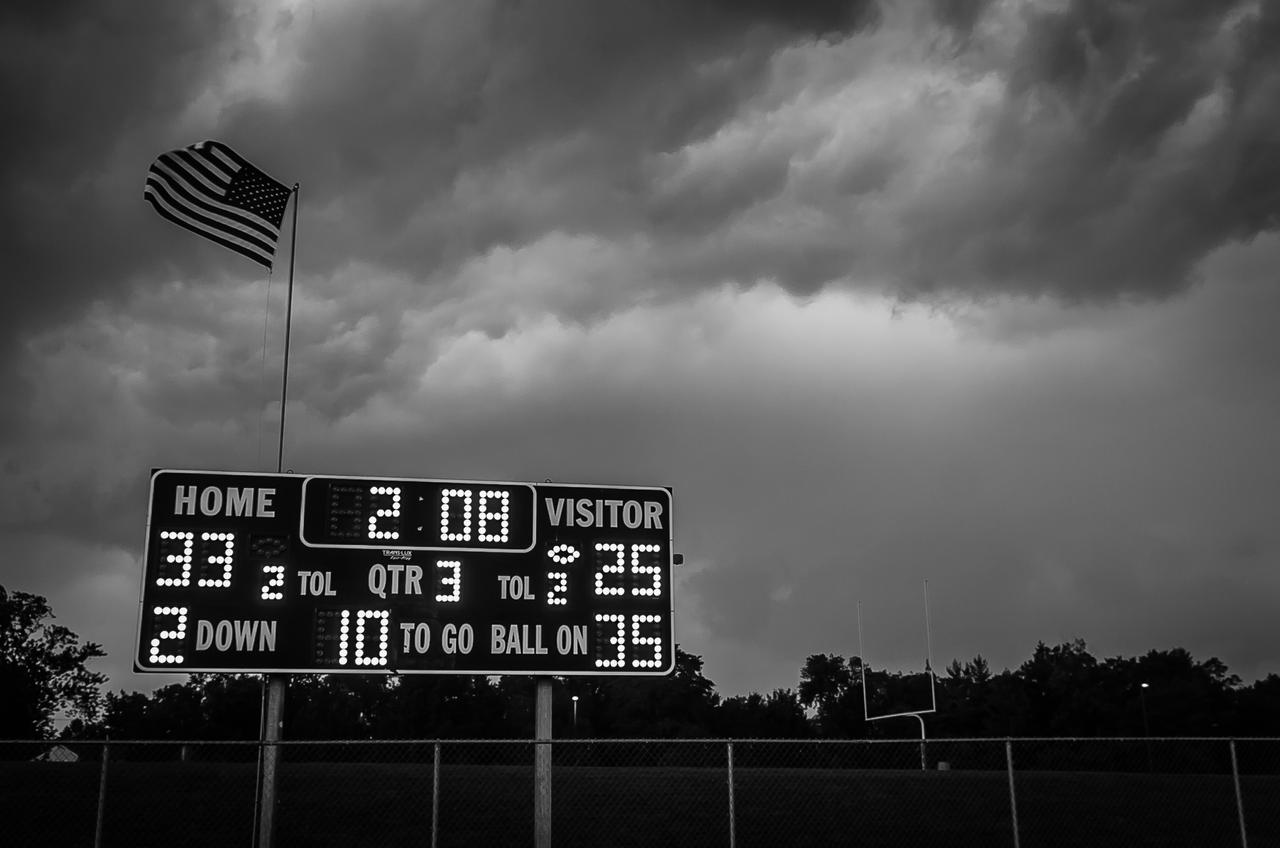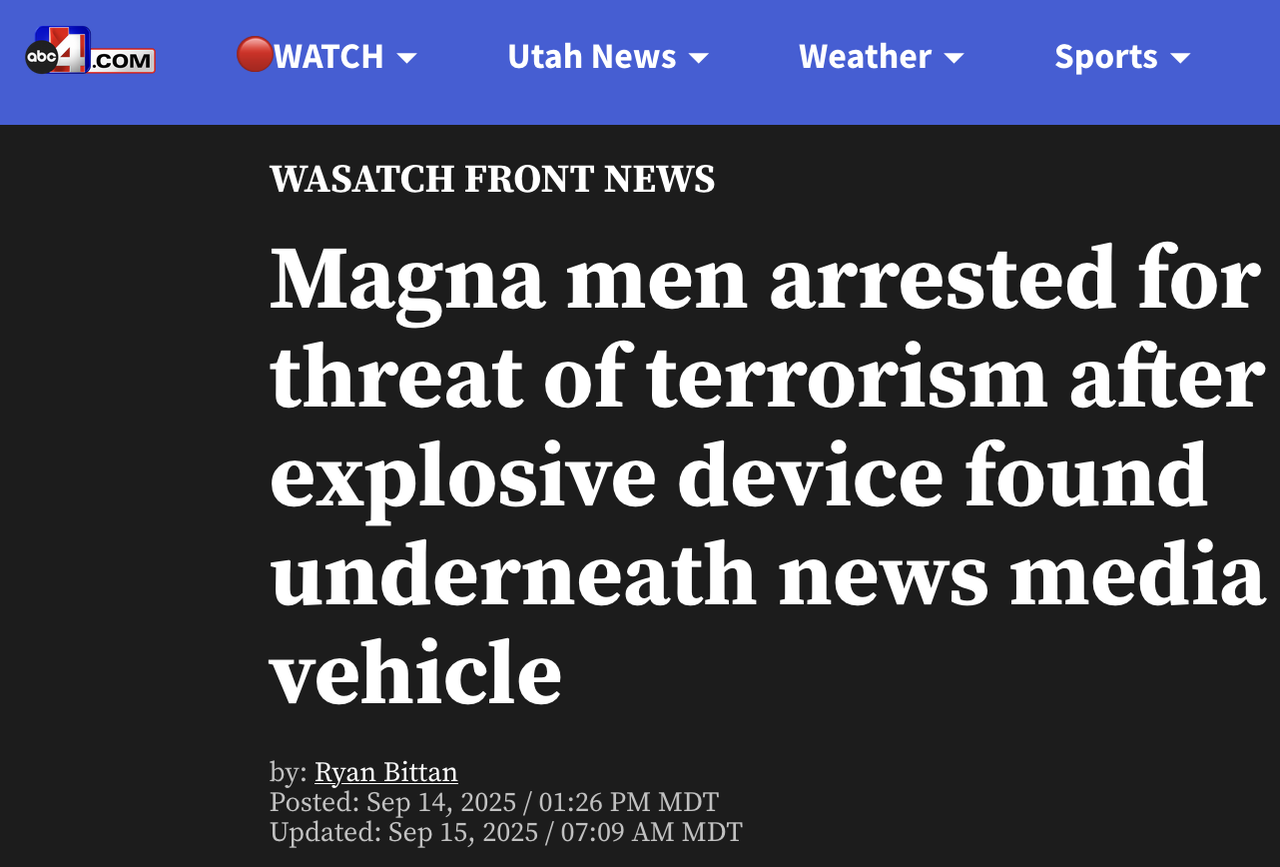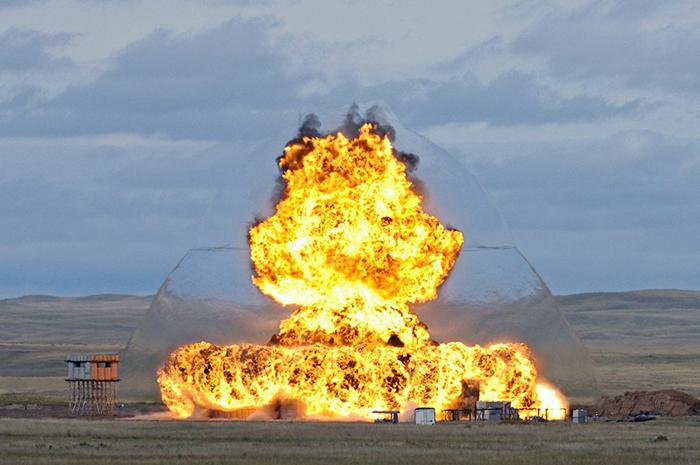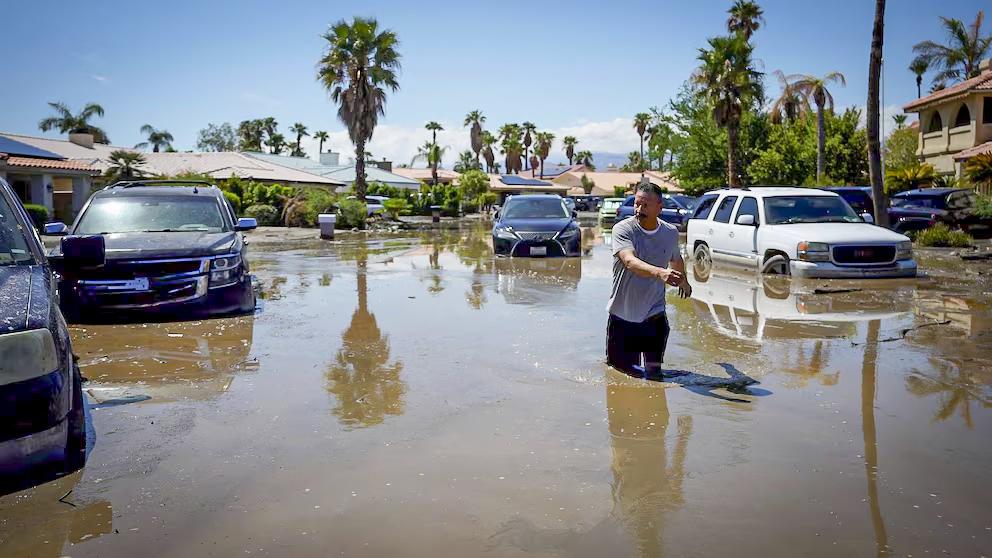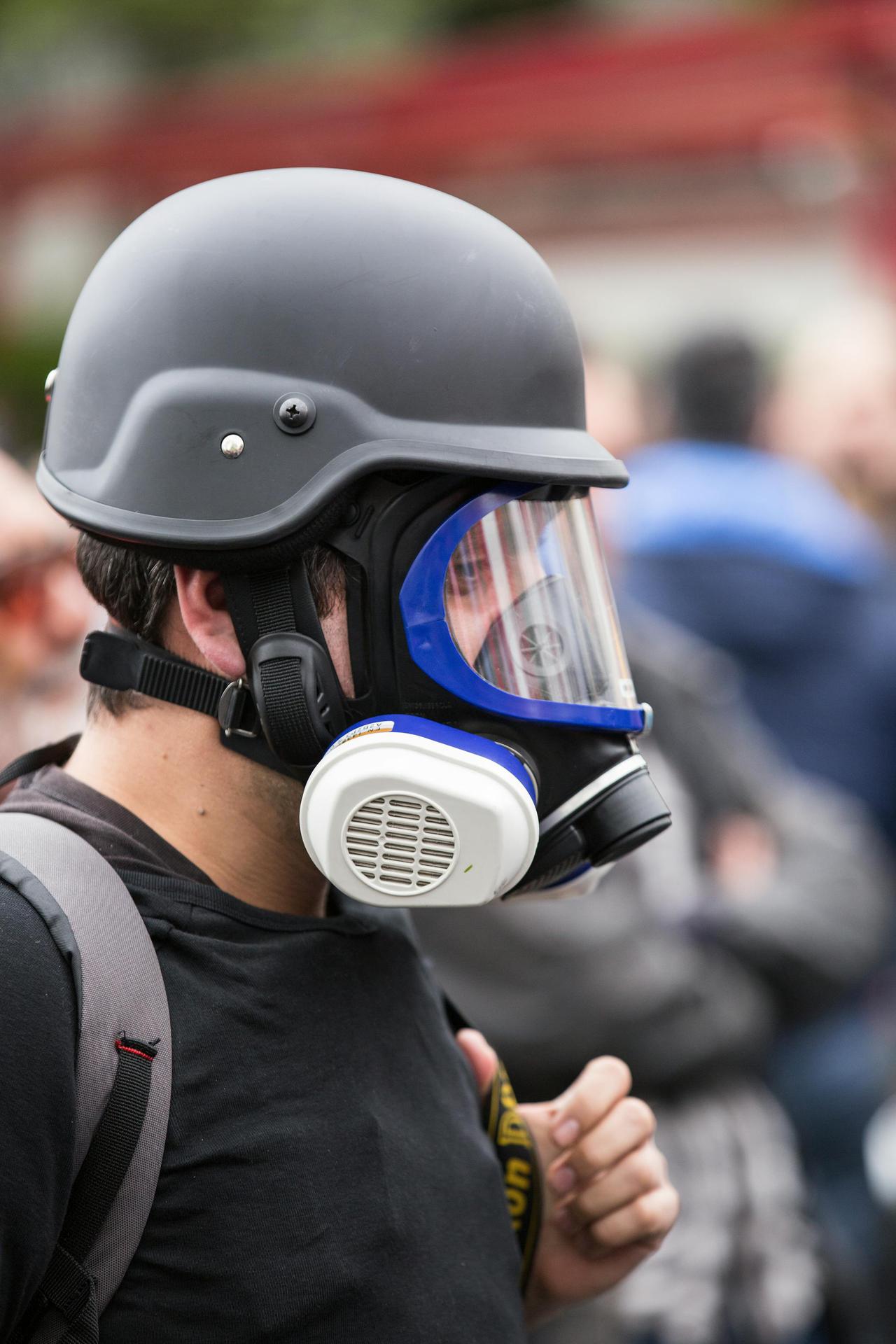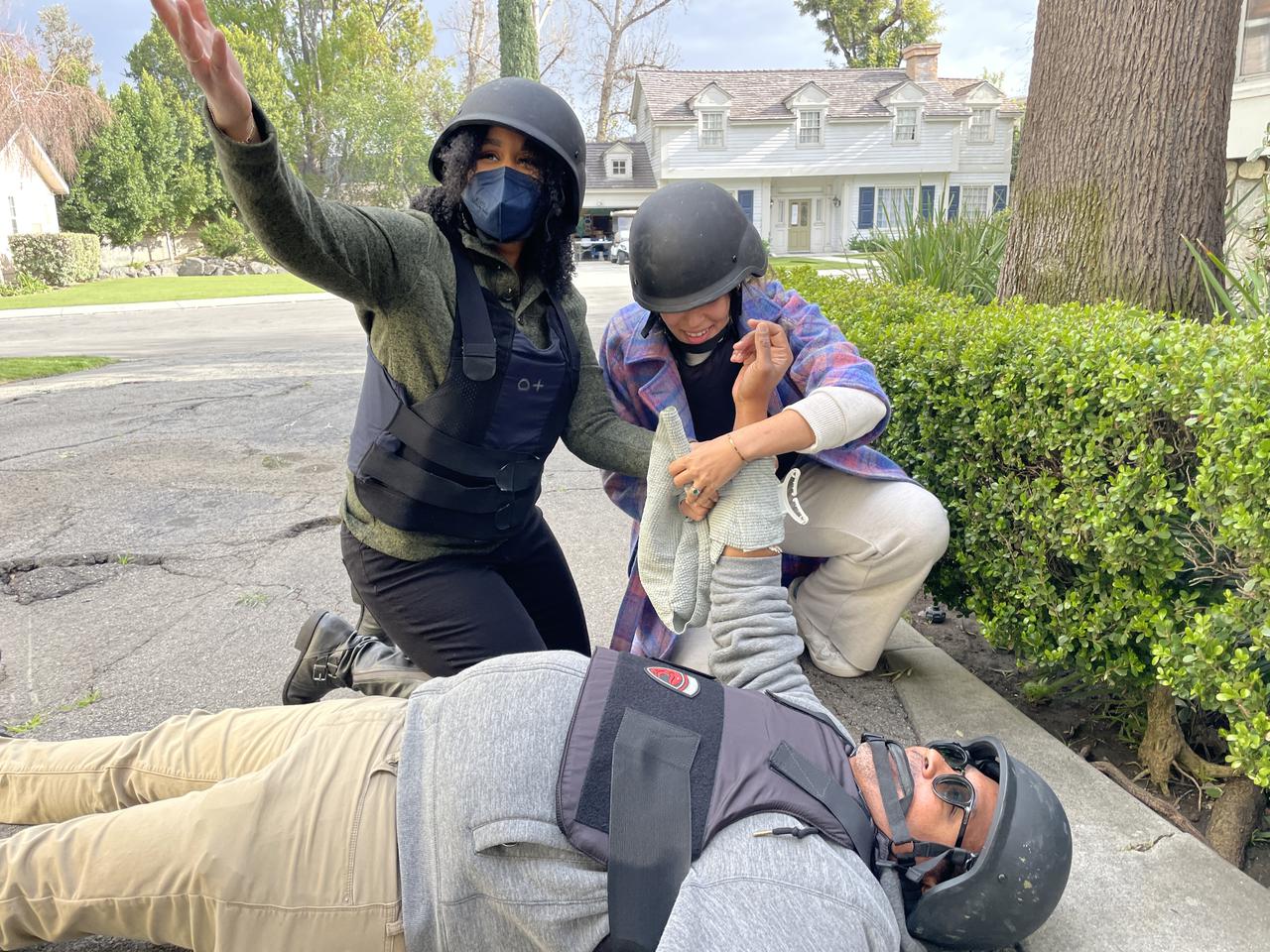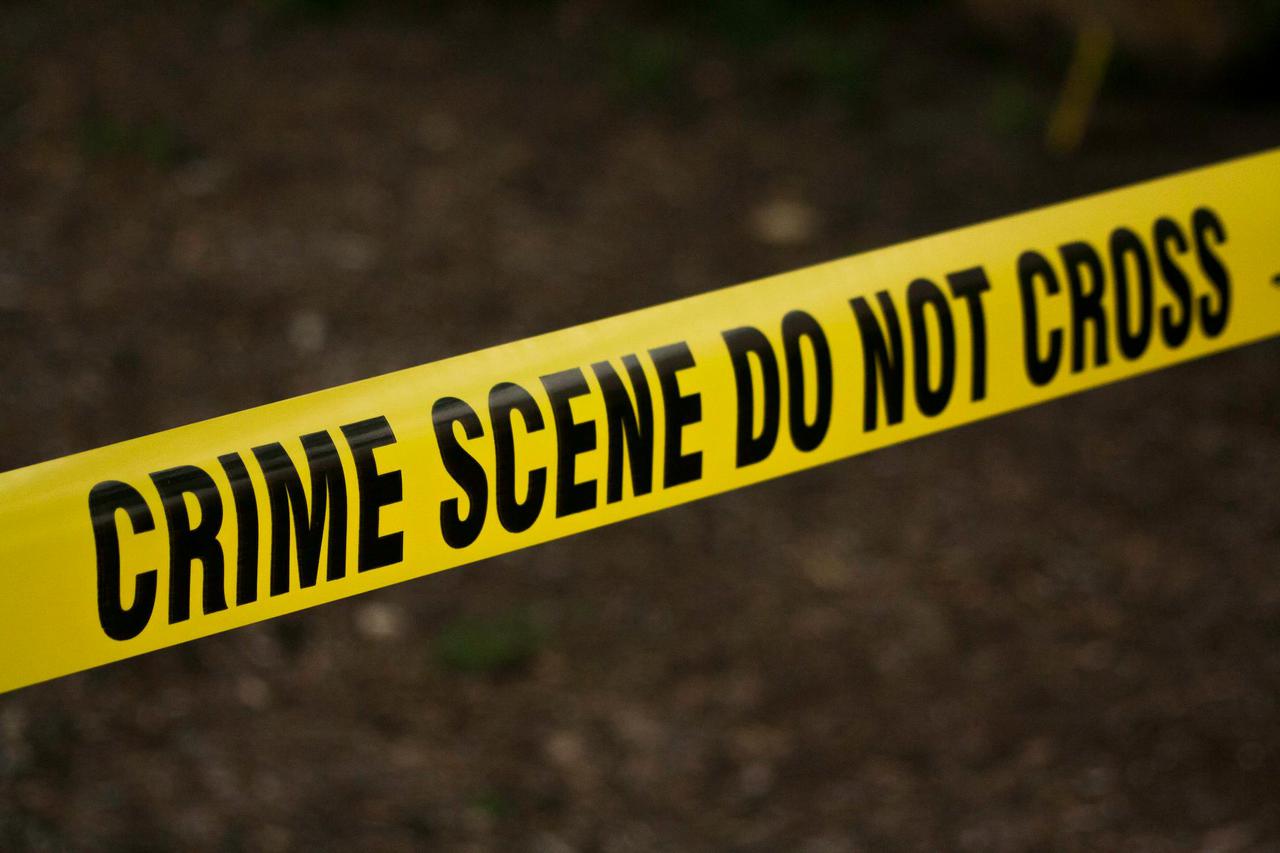
-
Journalism Is A Team SportJournalism is essential to democracy, accountability, and the defense of human rights. Yet the act of bearing witness is increasingly dangerous. From violent extremism and disinformation campaigns to civil unrest and natural disasters, journalists face a r...
-
“Nihilistic” Extremist Groups and Nihilistic Violent Extremists (NVE): What Journalists Need to Know
This report introduces the emerging threat of nihilistic violent extremism (NVE). It explains what NVE is, how it differs from other extremist movements, and why it matters for journalists. The aim is to equip reporters and editors with the knowledge to recognize these dangers, protect themselves, and cover incidents responsibly.
-
The Improvised Destructive Device and the Threat on Journalists
This report examines the September 12 incident in Utah where two men were arrested after placing an incendiary device beneath a news media vehicle. It explains the definitions and dangers of improvised destructive, incendiary and explosive devices, outlines their key differences, and stresses the importance of situational awareness for journalists. The case highlights how such threats, once largely associated with conflict zones, now endanger reporters working in American communities.
-
Before the Boom, Covering Stories with Explosive Hazards
Journalists covering suspicious packages, bombs or improvised explosive devices face extreme risk. The primary hazard is the blast wave, which causes devastating injuries and cannot be mitigated by ordinary cover or protective gear—only distance provides safety. Secondary hazards include fragmentation, fire, structural collapse, chemicals, and the danger of follow-on attacks. Hoax devices and “come-along incidents” add complexity by creating false alarms or drawing people into secondary explosions. The Department of Homeland Security recommends standoff distances ranging from 300 feet for small devices to 5,000 feet for large vehicles. Law enforcement will establish perimeters, evacuate civilians, and deploy bomb technicians while sweeping for secondary devices. Journalists must respect cordons, remain behind cover, avoid clustering near briefing sites, and stay vigilant for additional threats. Ultimately, no story is worth a life, and survival depends on distance, awareness, and compliance with safety protocols.
-
Into The Eye Of The Storm: Hurricane Preparation
This article walks journalists through the safety challenges of covering hurricanes, from newsroom preparation to surviving the aftermath. It explains storm hazards such as surge, winds, flooding, and debris, offers mitigation techniques, and details essential gear and communication plans. The article stresses preparation, resilience, and self-sufficiency—especially for freelancers—so journalists can report the story without becoming part of the crisis.
-
Breathing Safely in the Fray: A Journalist’s Guide to Respiratory Protection During Civil Unrest
This Crisis Ready Report provides journalists with information on selecting the appropriate respiratory protection while covering civil unrest. It highlights three mask types—disposable N95 respirators for basic particulate protection, reusable half-face respirators offering robust protection against chemical irritants, and comprehensive full-face respirators ideal for sustained, intense exposure scenarios.
-
When a digital breach becomes a physical threatIn today's rapidly evolving media landscape, journalists face a myriad of challenges that intertwine digital risks with physical safety. In our latest blog post, we delve into three critical areas that every journalist should understand. First, we explore the integral link between compromised devices and the potential dangers they pose, not only to stories but also to the lives of reporters in high-risk environments. We then empower you to reflect on vital questions before embarking on high-stakes assignments, helping you uncover vulnerabilities that could threaten both you and your sources. Lastly, we shed light on the importance of cultivating a culture of digital hygiene, sharing essential habits that fortify your digital presence and enhance your safety while navigating volatile situations. Join us in this enlightening discussion to ensure that your reporting remains secure and impactful.
-
When the water rises: staying safe while covering floodsIn this crucial blog post, we delve into the often-overlooked physical dangers that arise in flood zones, highlighting the risks journalists face while covering such events. As we navigate through the aftermath of floods, we will explore the various health hazards that can linger in post-flood environments, from contaminated water to hazardous debris. Furthermore, we'll outline best practices for ensuring safe flood coverage, empowering journalists with the knowledge and tools they need to effectively report on these critical situations while prioritizing their safety and well-being. Join us as we equip media professionals to face the challenges of flood reporting with confidence and preparedness.
-
Psychological first aid: peer support that mattersIn today's fast-paced newsrooms, understanding Psychological First Aid (PFA) is crucial for fostering resilience among colleagues facing high-stress situations. This supportive approach involves three essential steps: listening to our peers, protecting their well-being, and connecting them with resources, creating a strong support network. By instilling a culture of empathy and prioritizing peer support, we not only enhance individual resilience but also strengthen team dynamics, ultimately promoting a healthier environment for all journalists to thrive. Explore how implementing PFA can transform your newsroom into a sanctuary of understanding and solidarity amid the challenges of the profession.
-
Extreme heat = increased riskAs the demand for on-the-ground journalism intensifies, the risks associated with extreme heat have become an urgent concern for reporters. In this blog post, we delve into the heightened dangers journalists encounter when working in scorching conditions, providing essential strategies to ensure their safety amidst rising temperatures. We will examine effective ways to stay cool and hydrated, while also emphasizing the importance of recognizing and promptly responding to heat-related illnesses. By equipping journalists with the knowledge and tools they need, we can help create a safer reporting environment, allowing them to focus on delivering critical news without compromising their health.
-
When the story fights backIn the world of journalism, personal safety is paramount, especially when reporting from hostile environments where risks are heightened. This blog post delves into the critical importance of prioritizing safety while on the front lines, offering practical tips to enhance personal protection in crisis situations. Readers will discover actionable strategies for safeguarding themselves, including situational awareness and communication best practices. Additionally, the post emphasizes the value of resilience by highlighting the significance of debriefing and learning from experiences in volatile settings, empowering journalists to grow stronger and more adept in navigating challenging landscapes. Together, these insights aim to equip journalists with the tools necessary to thrive while upholding their vital role in society.
-
The Journalist Individual First Aid Kit (IFAK)August 4, 2025 at 8:00 AM
Journalists working in the field face a unique set of hazards. Whether covering protests, natural disasters, or reporting from remote areas, emergency medical services are often delayed, or not available at all. In those moments, being able to care for yourself or a colleague is critical.
-
Safety and Security for Responding to Active Shooter SituationsJuly 30, 2025 at 12:00 PM
Journalists covering active shooter incidents face unique challenges requiring extensive preparation and safety measures. Effective newsroom preparedness, including risk assessments, comprehensive training, and clear communication protocols, are crucial. Understanding active shooter dynamics, such as the unpredictable nature of the event, ballistic threats, and proper use of cover and consealment, equips journalists to make safer decisions on-site. Immediate actions like seeking solid cover, minimizing exposure, and maintaining clear communication are vital. Ethical considerations, such as respecting victims' privacy and managing emotional resilience, further enhance responsible reporting. Prioritizing safety and ethical guidelines helps journalists navigate active shooter situations safely, effectively informing the public while minimizing personal risk.
-
Think Before You Drink: finding clean water and preparing food in contaminated environmentsJuly 8, 2025 at 12:00 PMIn our continued exploration of flood hazards for journalists, today's post delves into essential strategies for securing clean water in compromised environments and highlights best practices for ensuring safe food preparation after a storm. We understand that amidst the chaos of flooding, journalists face unique challenges that can jeopardize their health and safety. By equipping ourselves with effective techniques and knowledge, we can better navigate these tumultuous conditions while maintaining our well-being. Join us as we uncover invaluable resources that foster resilience and promote safety for those reporting in the field.
